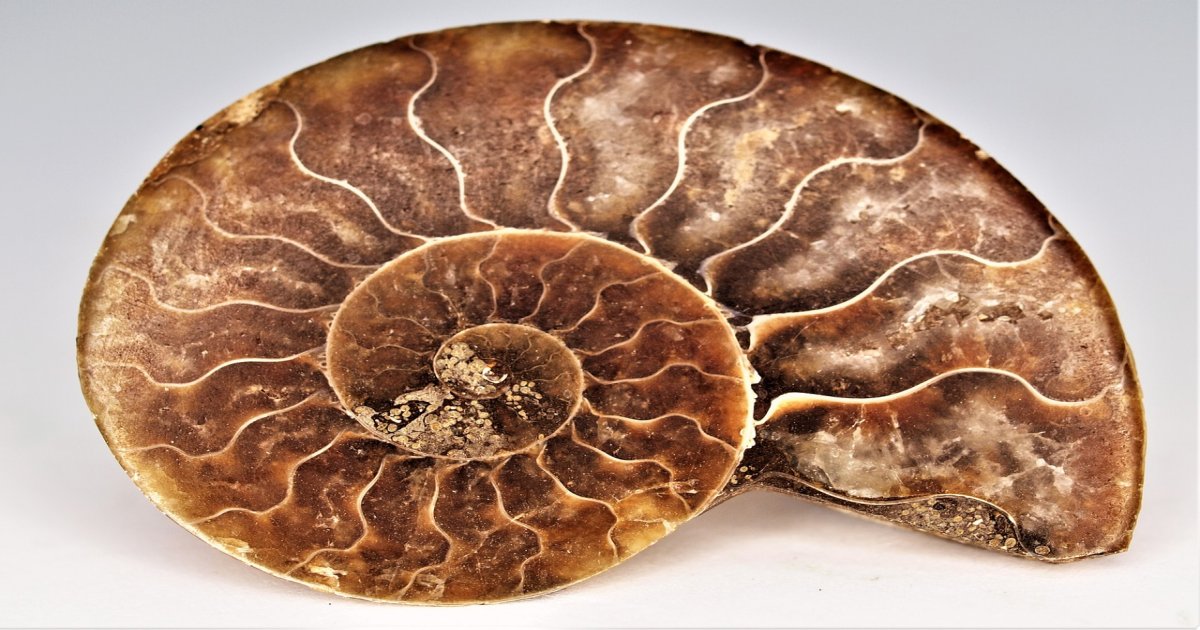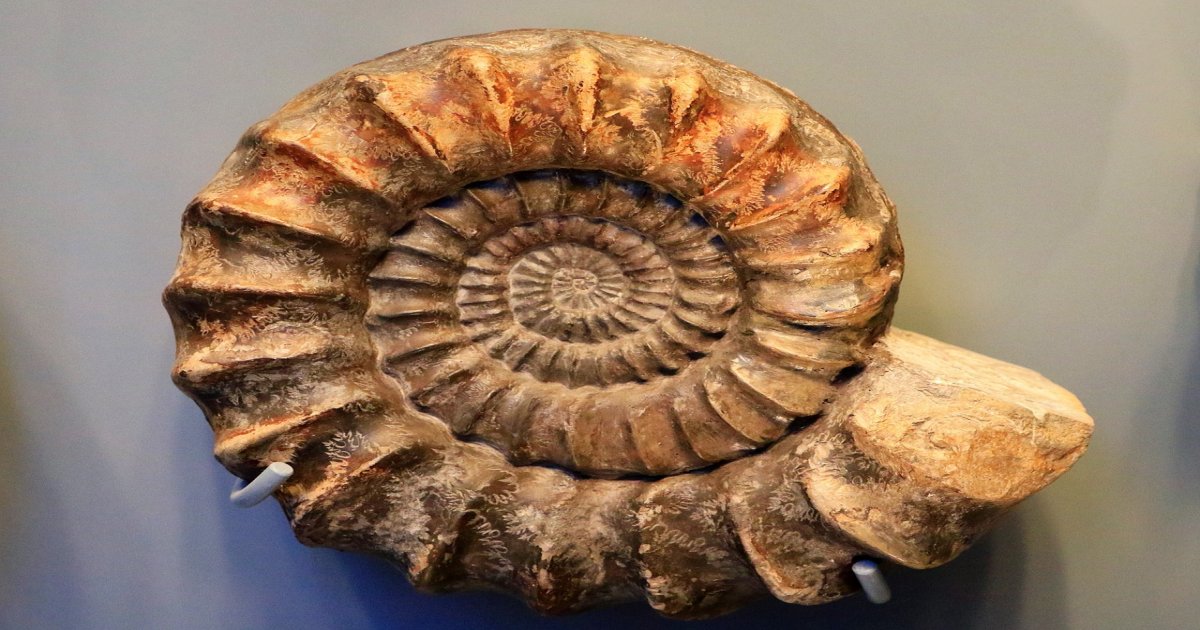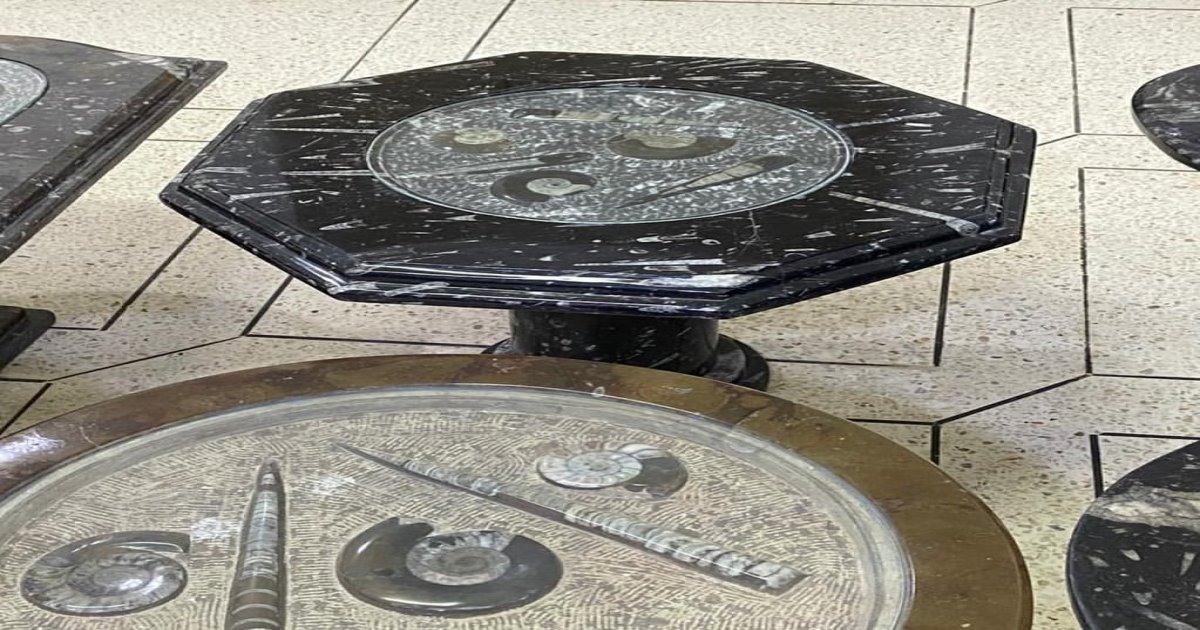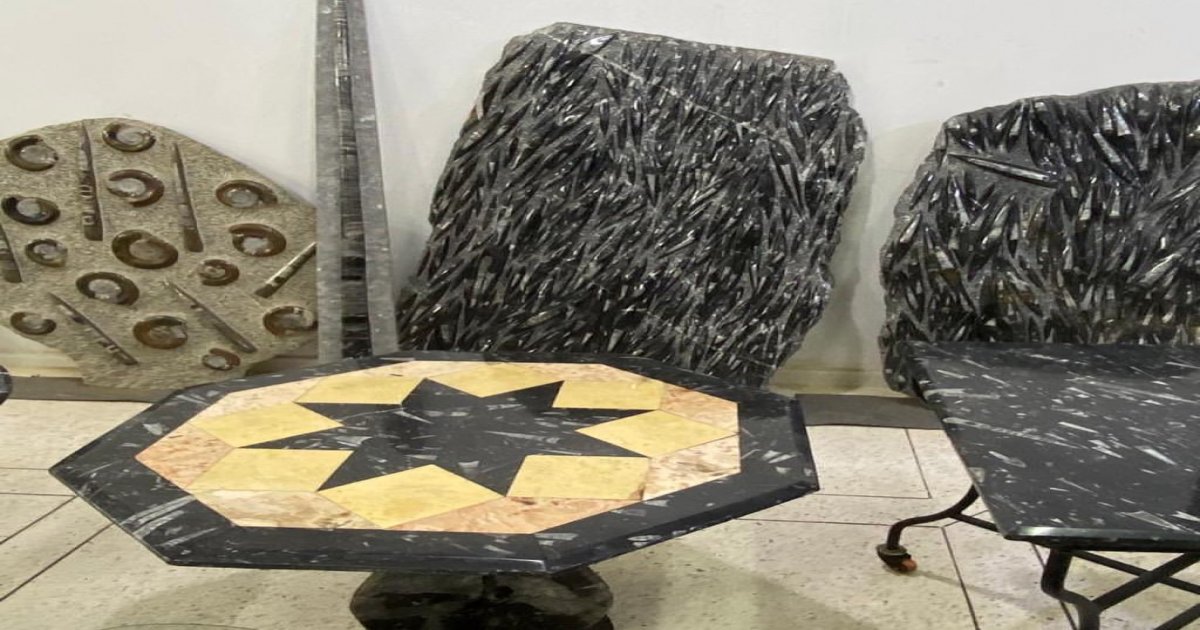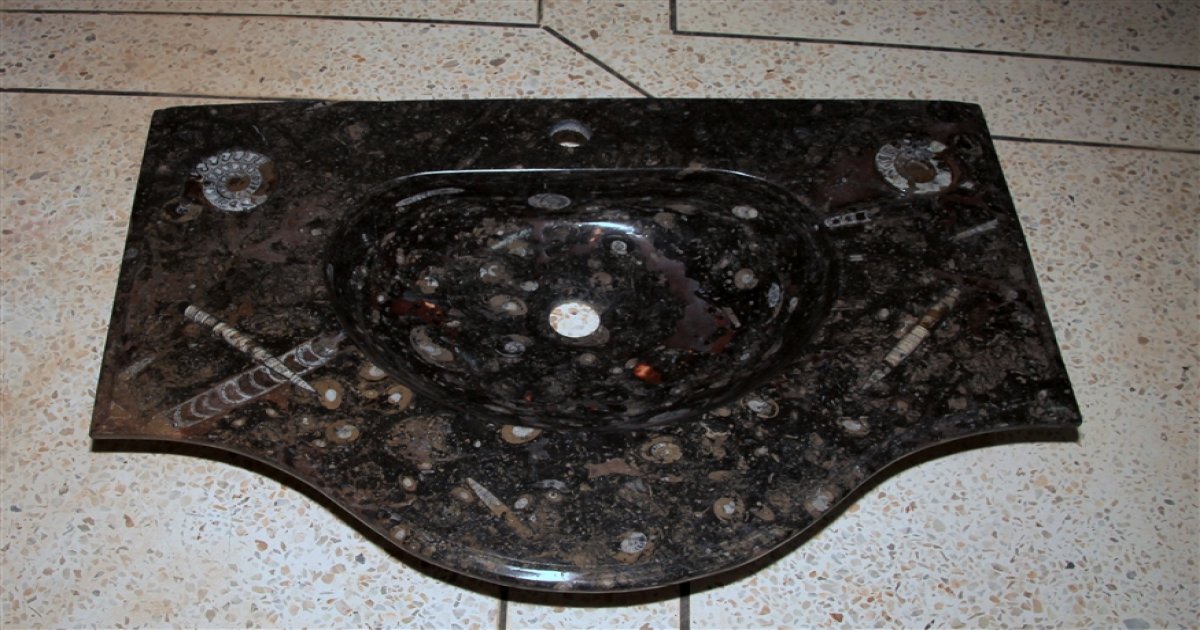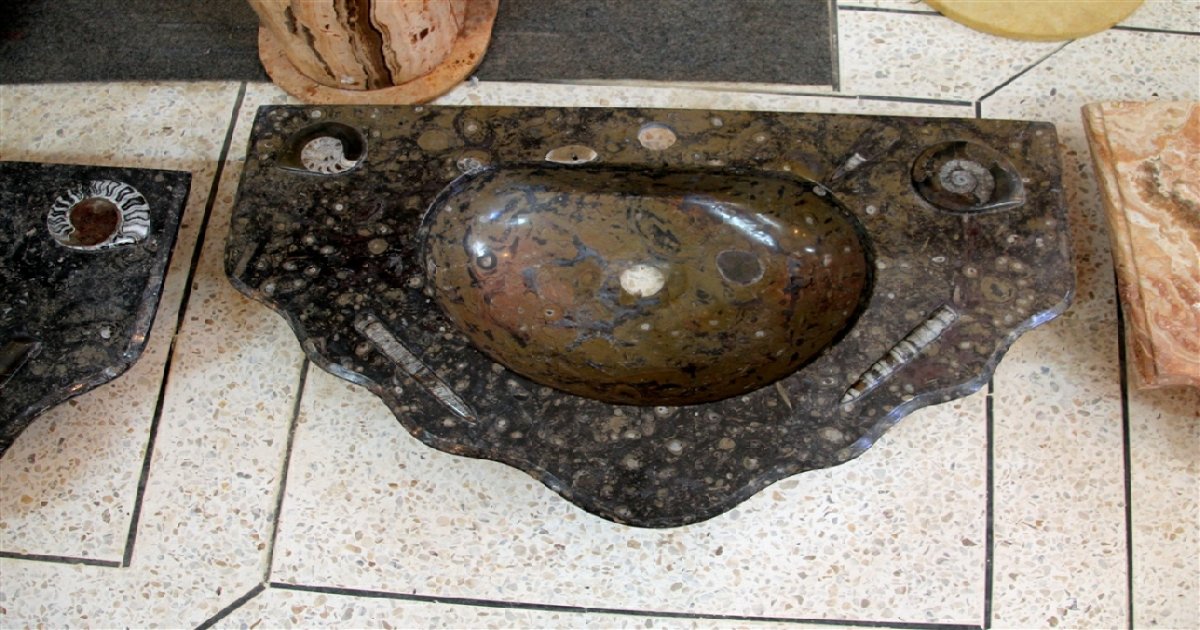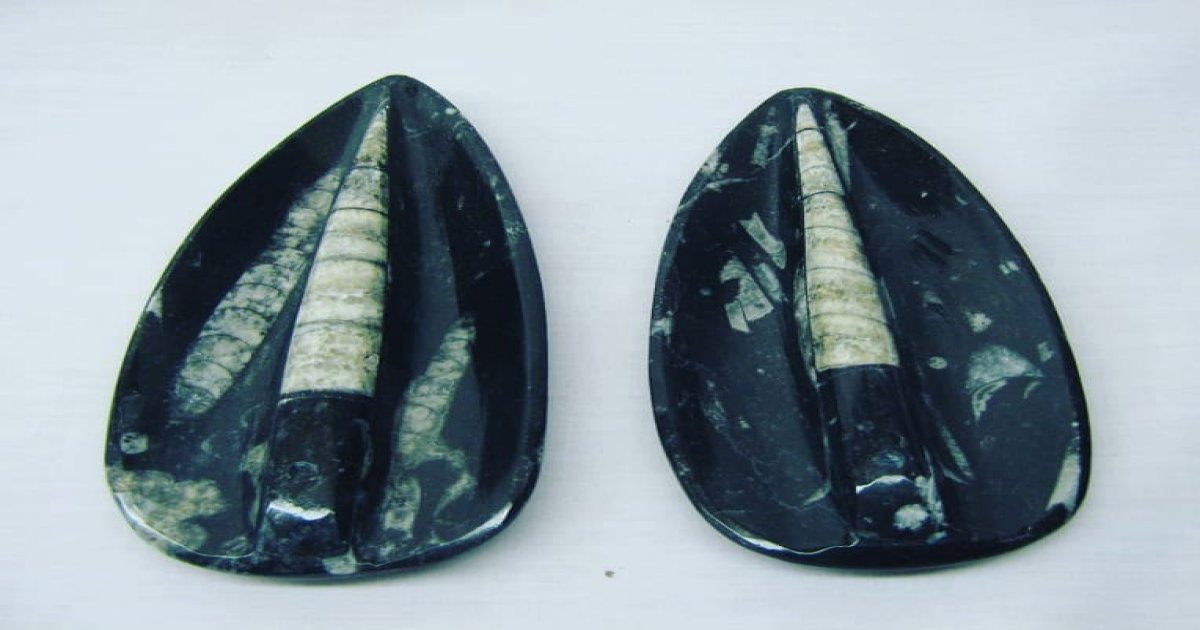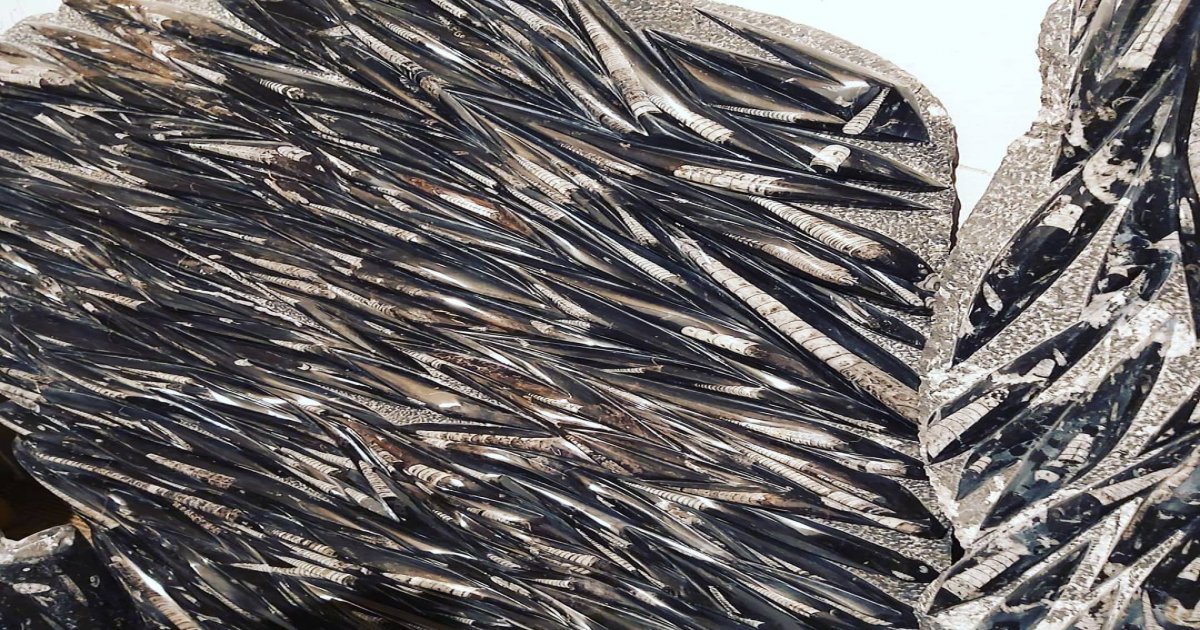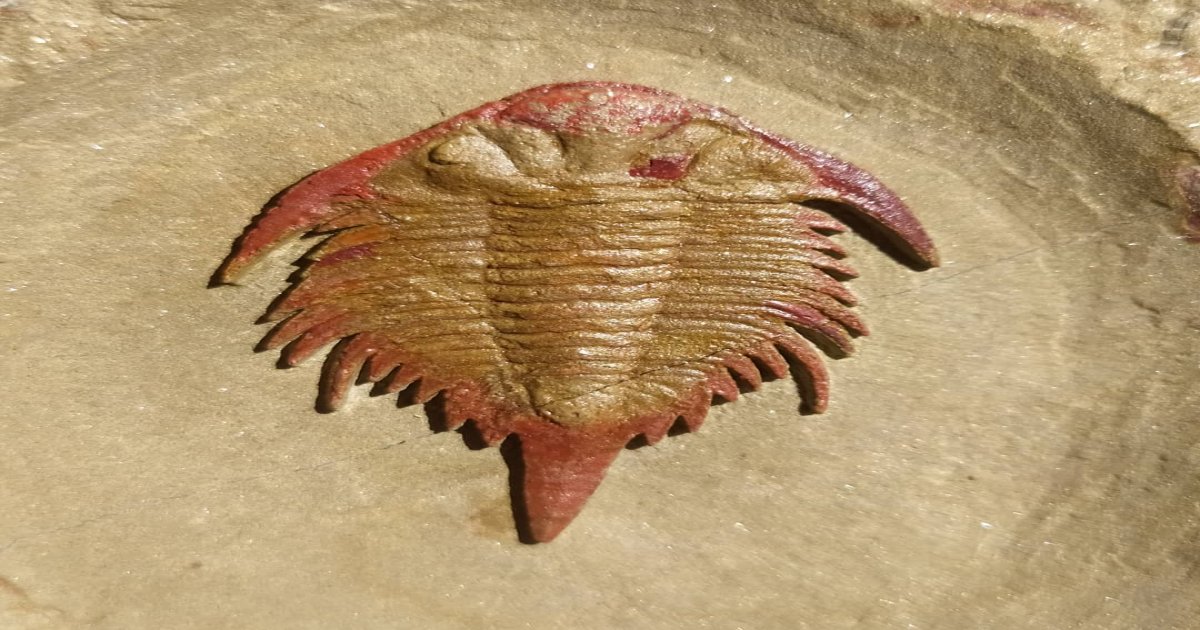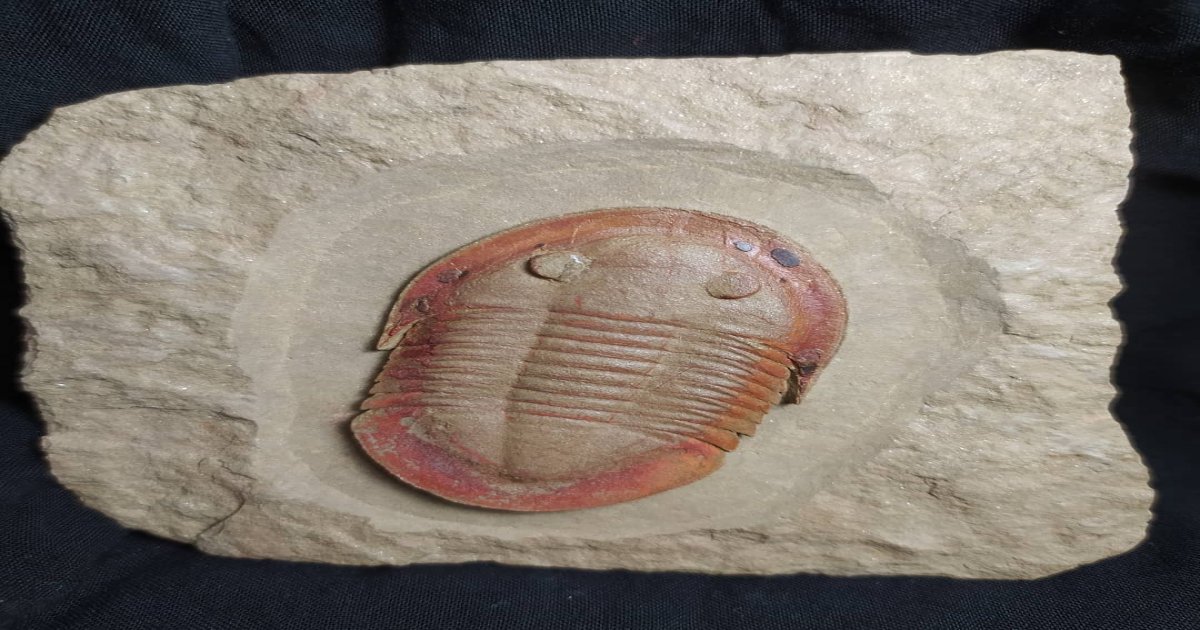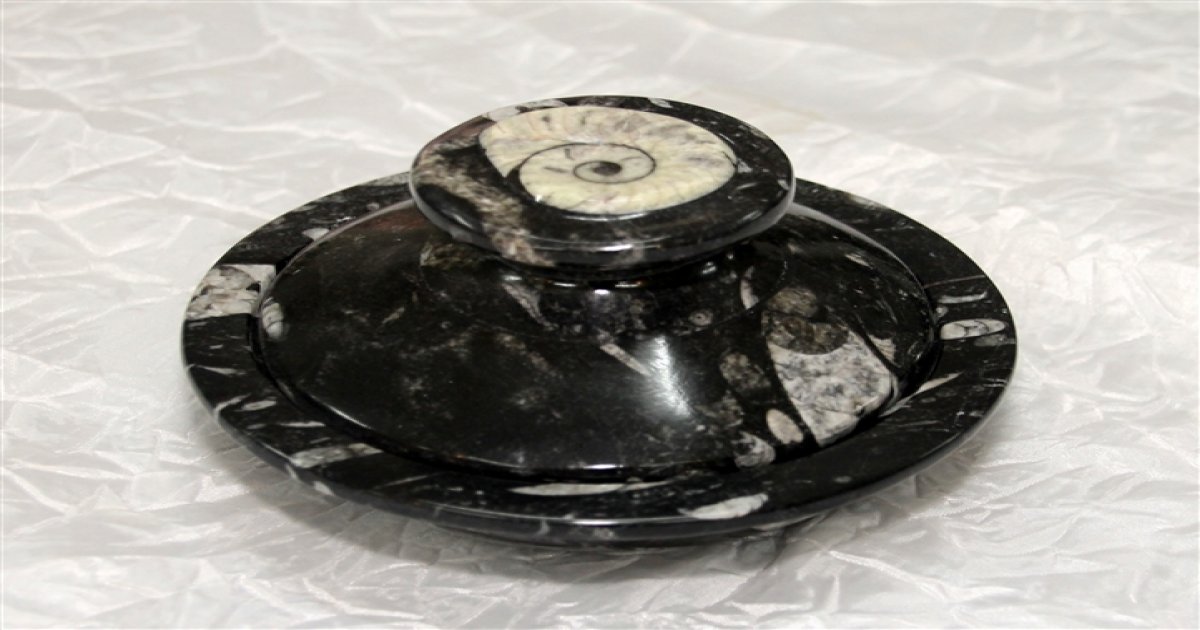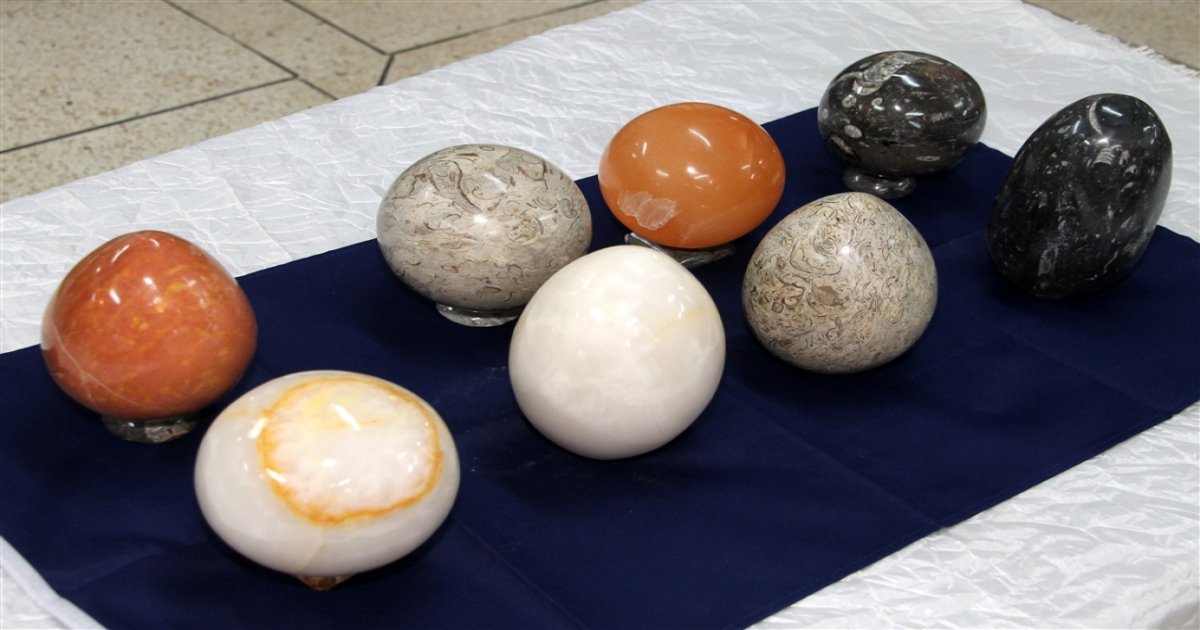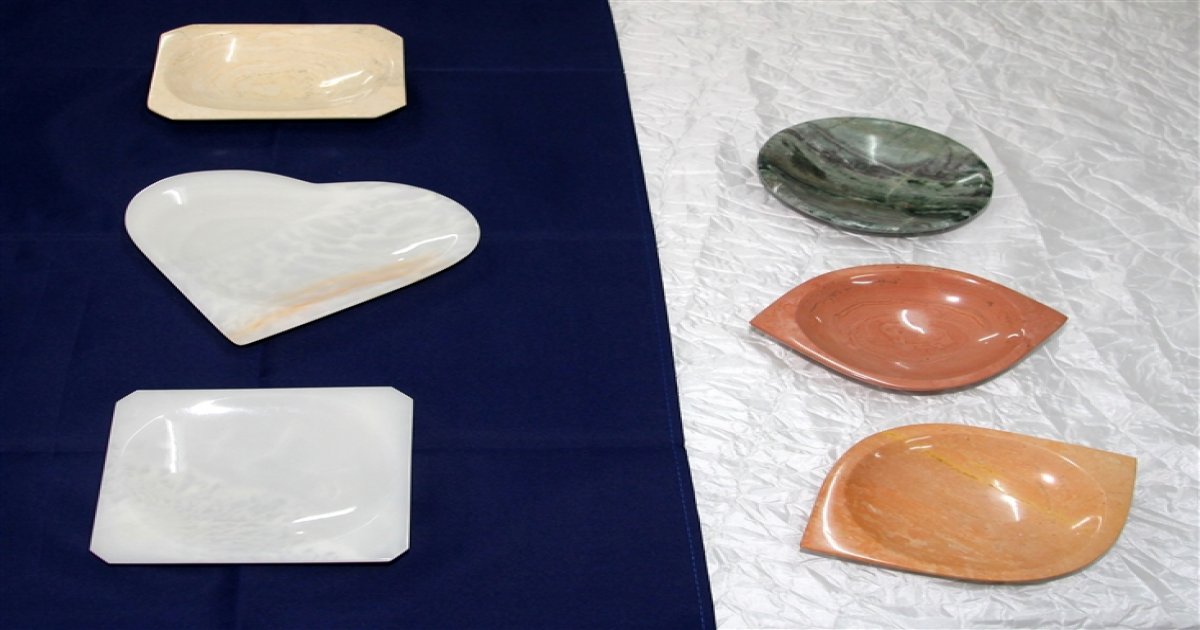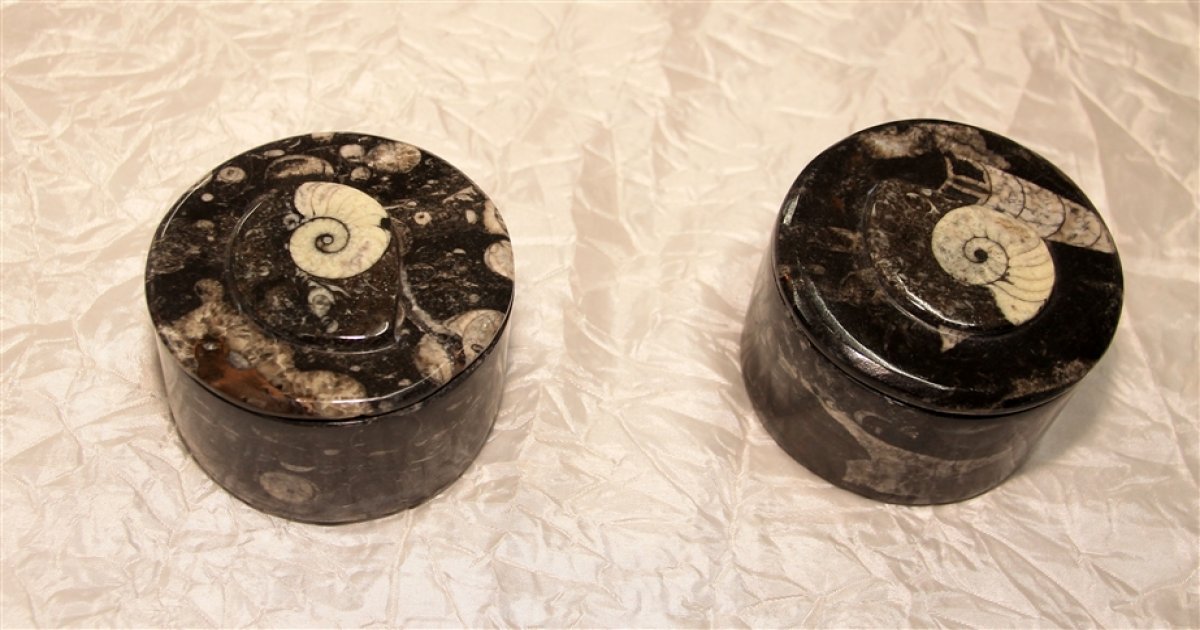Erfoud Fossils for Sale in Morocco
Morocco is one of the most geographically varied nations on the planet, bounded to the west by the Atlas Mountains and to the east by the Sahara Desert. Because of the dry climate, extensive amounts of rock are exposed, making it simple to comprehend its geology. Fascinating natural features such as folded rocks, towering sand dunes, and abundant fossil beds spanning from the pre-Cambrian to the Recent geological epoch await nature lovers. Eastern Morocco especially Erfoud has trilobites, ammonites, and other ancient living fossils such as dinosaurs, coral, and shark teeth. Excavations in Morocco have allowed paleontologists to greatly update the geological record.
It’s incredible to believe that millions of years ago, the Sahara desert was a shallow sea. Prehistoric marine animals such as Ammonites, Orthoceras, and Trilobites thrived in this sea and collected on the bottom when they perished. Their remains were buried in the mud and transformed into stone over millennia. Ammonites resemble modern-day snails (mollusks) and are distinguished by their spiral bodies. Orthoceras have a small body and a ‘toothlike’ beak, similar to modern-day squids. Trilobites’ rigid exoskeleton is separated into three different segments that fossilize nicely. These organisms that live on the ground are the ancestors of present insects, spiders, centipedes, lobsters, and crabs.
The Kem Kem Beds formation, located in south-eastern Morocco between Morocco and Algeria, is a famous archaeological site. In 1991, a sheepherder in the little desert settlement of Hassi Begaa discovered fish bones. This heightened interest in the region, leading to the finding of several dinosaur bones and even footprints. One of the most intriguing discoveries has been the Spinosaurus, the first known semi-aquatic dinosaur. It is said to be the biggest predatory dinosaur on the planet, much larger than a T-rex! Similar skeletons have been recovered in Egypt.
Where Can you Find and Buy Fossils in Morocco?
The finest area to find fossils in Morocco is in the town of Erfoud, which is located in the heart of the Ziz Oasis, close to the famed Erg Chebbi Desert. Tourists may experience the process of locating and extracting fossils firsthand by visiting the Museum of Fossils and Minerals or one of the area’s fossil factories.
For many decades, numerous Berber families from Erfoud and Midelt have been active in the mining and preservation of fossils. Hand-dug trenches are mined with shovels, picks, and chisels, marble rocks are retrieved, and rock pieces from fossils are hand micro-blasted. Other huge chunks of marble may be carved and polished to construct tables, fountains, soap dishes, bowls, pendants, and a variety of ornamental things. These artifacts may be found in Erfoud, as well as the souks of Marrakech and Fes. Large products, such as fountains, can be bought in Erfoud and transported anywhere in the globe.
Erfoud Fossils for Sale
Ammonites
Morocco contains extensive amounts of Devonian Limestone dating back 350 million years. Ammonites, which are currently found in Morocco, formerly thrived in a warm, shallow sea that covered what is now the Sahara Desert. As the organisms’ shells gathered on the sea bottom, they were buried by sediments and converted into stone via physical and chemical processes over time.
They are now mined from a marble (calcium carbonate) deposit. Moroccan craftsmen that live in Erfoud cut and polish the stones to offer a unique glimpse of prehistoric life on Earth.
Fossil tables
Nature’s handiwork may be observed in these magnificent stone tables. The Table vividly depicts the 345 million-year-old aquatic life of the Moroccan desert. These are one-of-a-kind items that will complement your home’s décor. Marble is a natural stone that has been used for ages in both sculpture and construction.
Marble’s beauty is well known around the globe. Many of the world’s major structures are made of marble. Marble slabs are most typically used in the construction trades for vanity tops, tabletops, tub decks, furniture tops, slab showers, and in rare circumstances, kitchen surfaces. Size and other custom choices are available in all of our construction, design, and architectural products.
These are really unique things for the luxurious décor of hotels, restaurants, residences, businesses, and so on. They are really good for both indoor and outdoor uses. Our fossil marble tables come in a variety of forms. All of them are embellished with genuine fossils dating back millions of years, such as the Orthoceras (500 million years), ammonites, and corals (400 to 60 Million years ). This exhibits a portion of our planet’s history printed on luxury things.
In addition to these tables, we offer a wide range of home furniture and décor components and pieces created from fossil marble. We produce on-demand and in accordance with your unique requirements and dimensions. We may also create custom goods based on your individual requirements or ideas.
Sinks
Nature’s work is seen in these beautiful stone sinks. Each Sink’s 345 million-year-old fossil Ammonites and Orthoceras provide a breathtaking natural beauty that will complement your bathroom. These are one-of-a-kind items that will complement your home design.
Orthoceras
Orthoceras was one of the earliest Cephalopoda to be discovered in the fossil record. Cephalopods are predatory marine invertebrates that move quickly. Squid, octopi, and nautiloids are living members of this group. Orthoceras was a squid-like creature with eyes, tentacles, and a ‘toothlike’ beak to tear their prey apart. They could squirt ink to hide their escape from an enemy.
Orthoceras lived in a shell that was elongated and straight. During the Ordovician Period, a group of ‘uncurled’ cephalopods first appeared. A group of these evolved into a semi-coiled form, which is thought to be an older (earlier) form that gave rise to the curled ammonites (also extinct) and the nautiloids, which still live in the world’s oceans today.
Trilobites
Trilobites get their name from the three unique parts of their segmented anatomy. The rigid exoskeleton provided for excellent fossil preservation and acted as protective armor, but it had to be shed on a regular basis as the animal matured. These many-legged arthropods foraged for food on the sandy seafloors and coral reefs.
The trilobite was the first animal to be discovered to have a vision. Scientists may examine the evolution of a sensory organ that is very rarely preserved in other animals because of the amazing creation and preservation of trilobite eyes. Trilobites as a group existed for more than 300 million years, from the Cambrian through the Permian periods.
Decorative products
When you hold one of these Boxes or Paperweights, you are holding a piece of the ancient Moroccan sea. The boxes all have lids and may be used to keep jewelry, valuables, cash, keys, and so on. The “paperweights” may be used for collectible specimens, ornamental objects, fish tank displays, and so on, and they make excellent presents. Each item exemplifies the remarkable workmanship.
The handmade Bowls on this page are a wonderful example of Moroccan craftsmanship. Each bowl contains a fossilized Ammonite or Orthoceras. These gorgeous items look great in any setting. Each one is unique, hand-picked, and of the highest quality. The plates and platters on this page are entirely handmade in Morocco. They highlight the amazing natural beauty of the fossilized Ammonite and Orthoceras. These 345 million-year-old marine fossils were discovered in an arid location.
Note: To see more pictures or ask for our products’ prices, Please feel free to contact us. Also, if you have any questions or inquiries, feel free to get in touch with us via email or WhatsApp.

